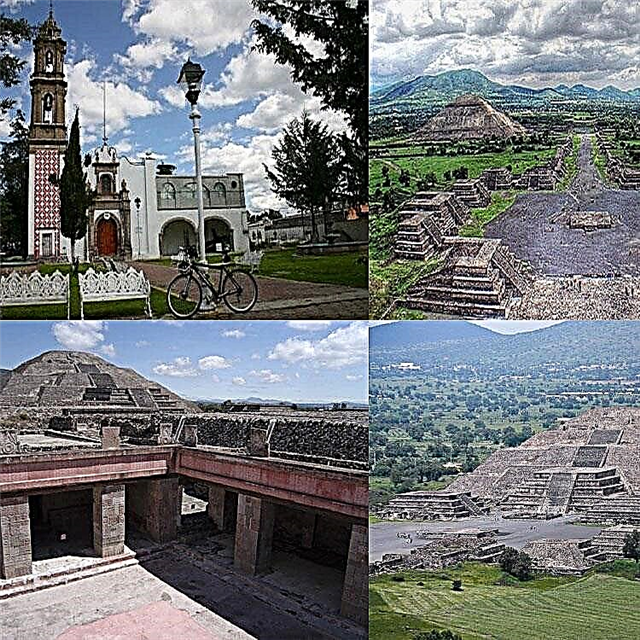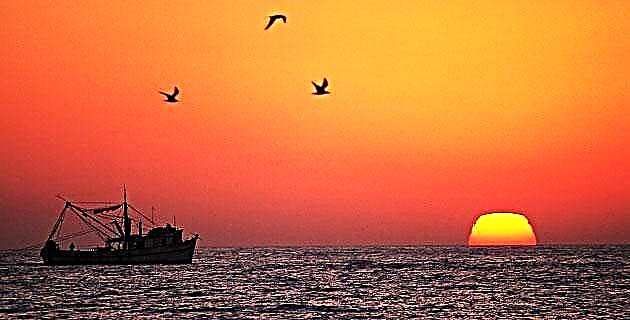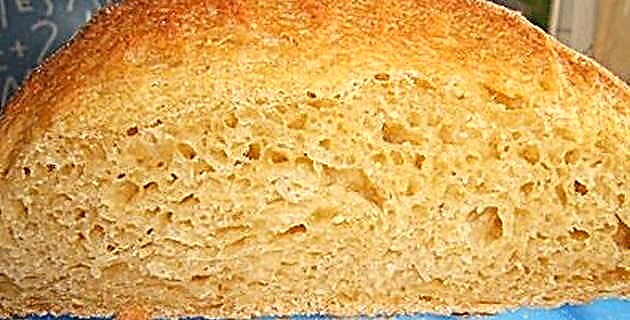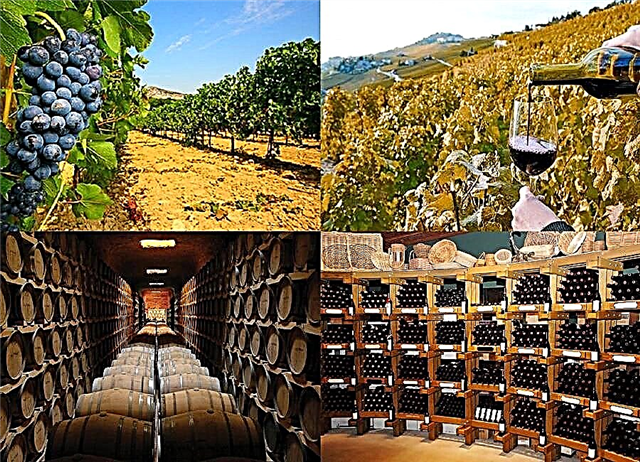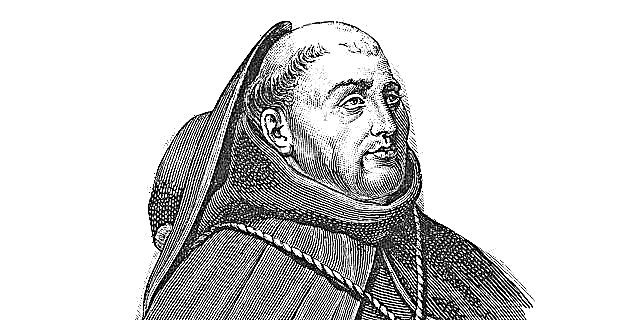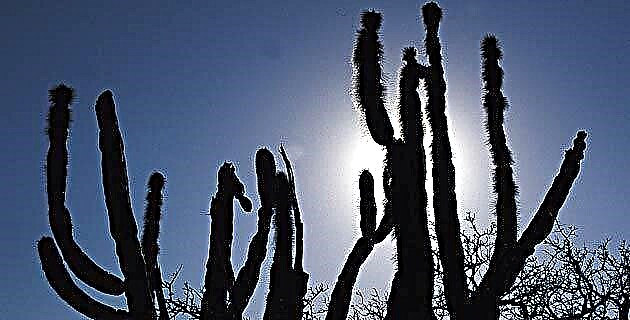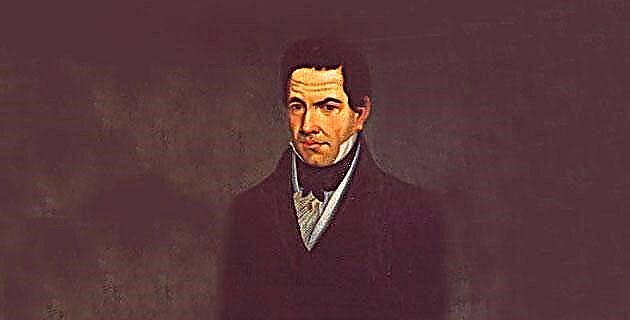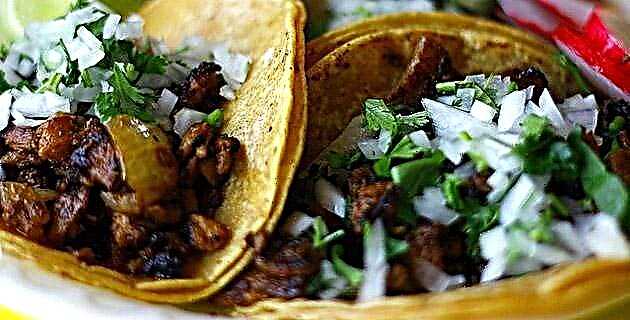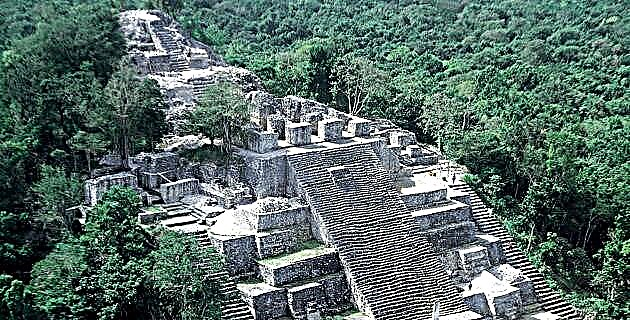
The largest protected area in the Mexican tropics is the Calakmul Biosphere Reserve, which occupies an area of 723,185 ha in the southeast of the state of Campeche.
The region has a semi-dry climate, with rains in summer, and where the minimum average temperatures are 22 ° C and the maximum 30 ° C. The reserve has two core zones surrounded by an extensive buffer zone; They are lands where 12% of the high, medium and low sub-evergreen forest of the country is protected, as well as savannas, waterways and floodplains. This area, decreed on May 23, 1989, is located in the new municipality of the same name, and to the south it borders Guatemala, in the so-called “Petén plain”, where the great Maya Biosphere Reserve is located.
The high jungle, made up of huge trees such as ceiba, sapodilla, pich, mahogany and amates, is mixed in large areas with the predominant vegetation of medium and low sub-evergreen forest. represented by chacáh, dzalam, guara, palo de tinte, jícara, palmas de chit and nakax, as well as numerous lianas and herbaceous plants. On the other hand, the flat characteristics of the land have allowed the existence of notable watersheds with semi-aquatic vegetation, such as tulares and reed beds; There are also isolated patches of soils called "akalché", which are deep and flooded, which create excellent sources of water for wildlife.
Due to the good state of conservation of the vegetation cover and the scarcity of human activities, this is one of the most important redoubts for the fauna that in other areas is threatened; They inhabit all the species of felines of tropical America that require large hunting territories to survive, such as the jaguar, the ocelot, the tigrillo, the yaguarundi and the wild cat; the tall trees also favor the presence of large troops of howler and spider monkeys; under the vegetation live rare animals, such as the tapir, the anteater, the white-cheeked deer, the white-cheeked wild boar, the ocellated turkey and the partridge; while the plant canopy is occupied by parrots and parakeets, coas, chachalacas and calandrias, which number several hundred. This fauna, typical of the neotropical region, in many cases is made up of rare, endemic species and some in danger of extinction.
Calakmul, which in the Mayan language means “two adjacent mounds”, is a site that was inhabited profusely during the Middle Preclassic and Late Classic periods (between 500 BC to 1000 AD). The largest urban center in the Maya area of the Classic period has more than 500 archaeological remains, and therefore Calakmul is considered the largest deposit of valuable Mayan dynastic texts, due to the large number of stelae, several located in front of the basements and many surrounding The squares. Within the protected area there are numerous archaeological sites, among the best known are El Ramonal, Xpujil, Río Bec, El Hormiguero Oxpemul, Uxul and others, all of enormous historical and cultural importance, where Calakmul stands out for being the largest Mayan city in Mexico, and the second in the entire Mayan territory, after Tikal.

